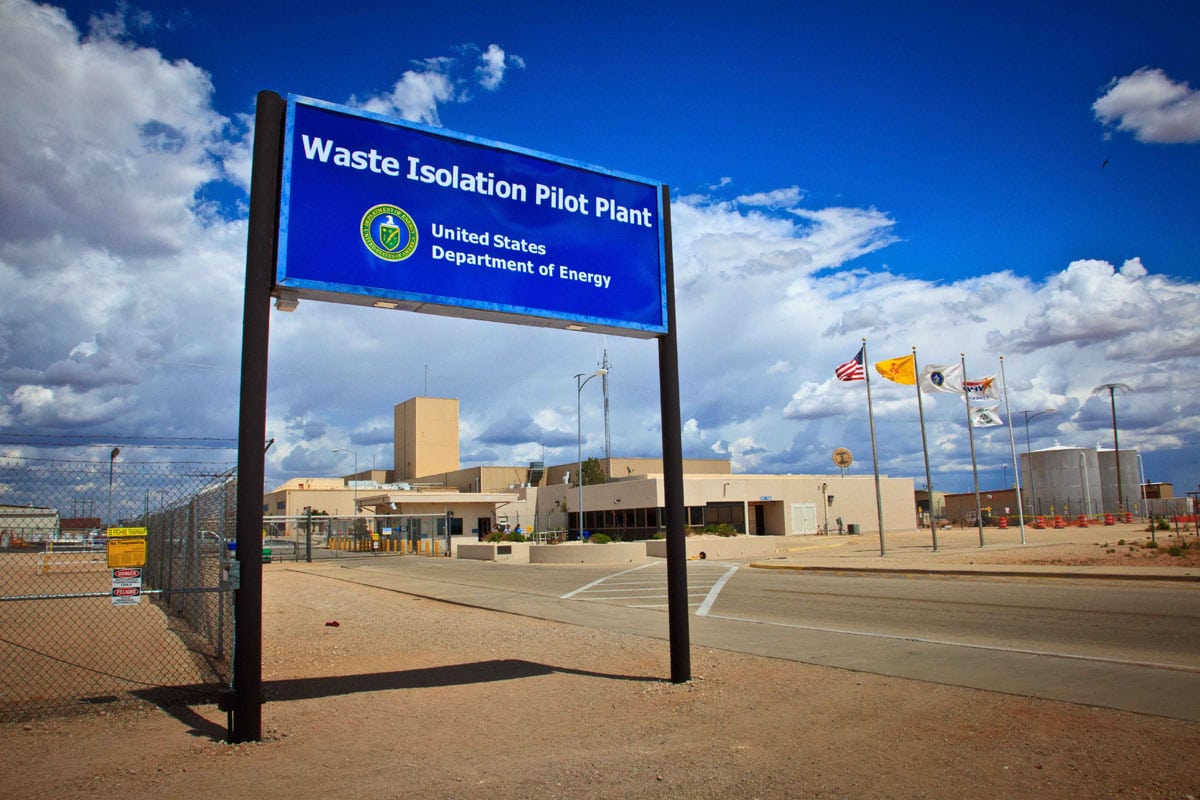
As is the case nationally, the COVID-19 pandemic continues to take a heavy toll on the 16 nuclear cleanup properties overseen by the Department of Energy’s Office of Environmental Management, including a death at the Waste Isolation Pilot Plant that, a state…